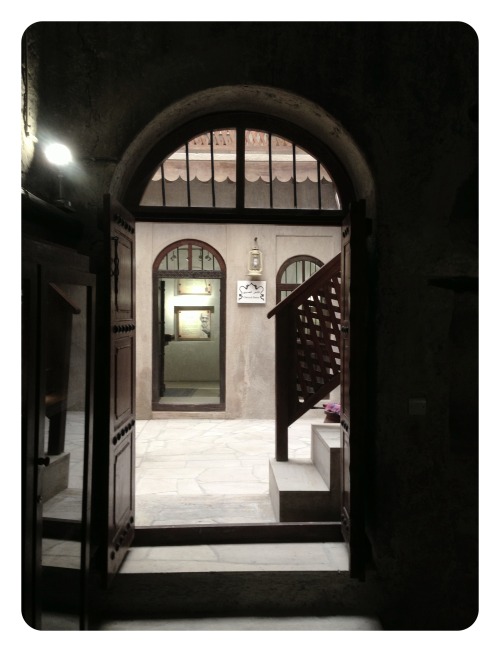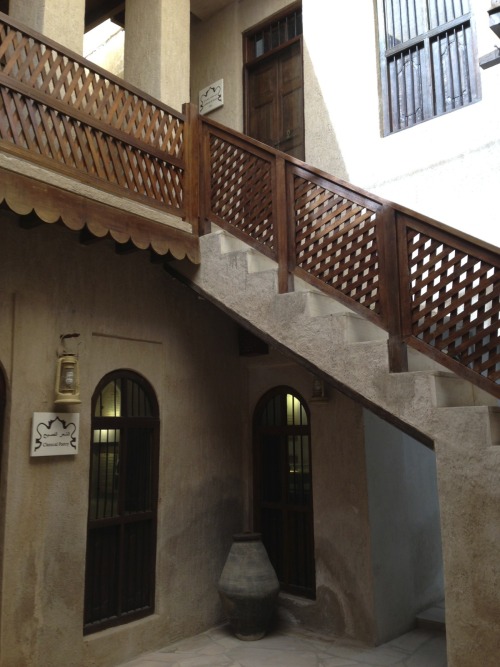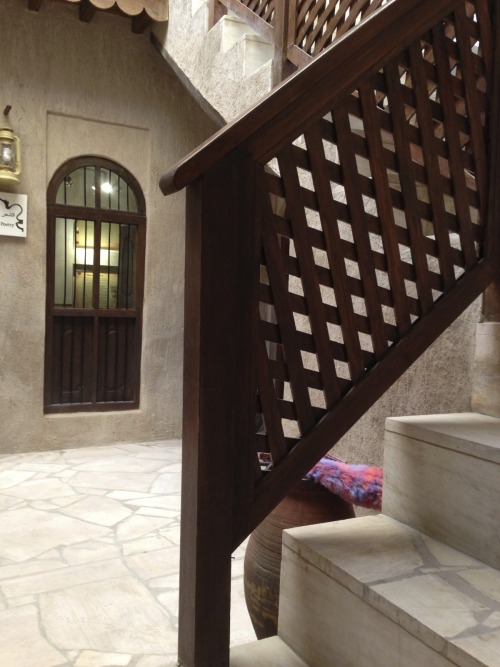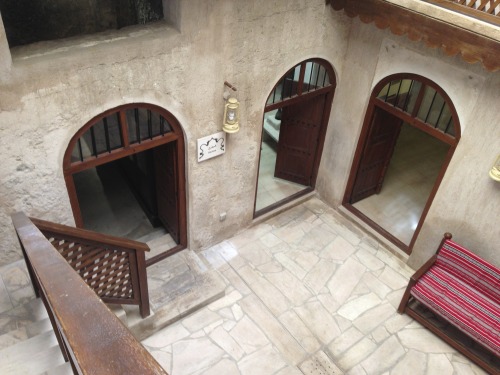This blog post has not been an easy one to write. For weeks now I have been thinking about and researching the concept of the cyberflaneur, a term which has been around since at least 1994. With logic and reasoning I have approached the topic, searching for a common thread or one particular aspect that could form the core of this post.
On Monday evening I awoke in the middle of the night, an unusual occurence for me. After lying awake for more than an hour with thoughts whizzing through my mind, I decided that if I was awake I should perhaps use the time well. As my blog was still uppermost in my mind, I made the decision to simply lie there and listen to all the information I had gathered. Instead of trying to manipulate it, I would listen to it instead. Perhaps it would offer me the clue I was looking for.
The second I made that decision, the title of this post was clear to me and all the pieces I had gathered began to fall into place. I listened and then after a while picked up my ipad to note what I had heard in case I forgot some of it by the morning.
Although the flaneur made his appearance in the 19th century, and was a term used to refer to the people who strolled through the city in order to fully observe and experience it, the flaneur truly thrived as a literary device.
Just as the artists of the time captured the essence of city life in sketches, the writers of the day began to use the flaneur to comment on the changes in modern day living which evoked both fear and curiosity. The flaneur was the narrator in literature, standing outside of and commenting upon, the events being described to the reader.
The life of those times was speeding up and the flaneur took the step back to observe and find meaning in what was being experienced. In current times, the speed of technological innovation is exponential, and there exists a deep need to make sense of it all.
Today as we move through the speedy spheres of cyberspace - the limitless mindspace we find ourselves in when using technology to communicate - I believe it is the perceptive attitude of the flaneur that we should seek to cultivate. Therefore I have chosen to focus on the practice of cyberflanerie rather than on the figure of the cyberflaneur, real or imaginary.
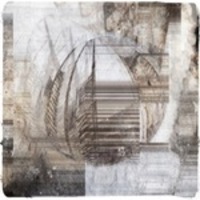
"Networked Awareness" from the gallery "Corridors of Cyberspace"
This practice will require a deep listening, whether it be to visual, aural or textual images.
Last week I tweeted a link to a group of monks singing Gregorian chant on national television. I copied George Davis, @virtualdavis, who incidentally is a fellow flaneur. Unbeknown to me George was in the process of preparing for a workshop on digital storytelling.
In our follow up twitter conversation I received the following:
The phrase “your ears will be burning” obviously made me realize that he was going to refer to my tweet in his blog post or workshops, but I have since realized that the expression takes on a new meaning when we apply it to cyberspace! In this sphere there is a great possibility that even when you are asleep someone else in some part of the world is looking at one of your posts, one of your pics, one of your tweets, one of your facebook updates, etc. These are often passed on as links to others - you are being mentioned and tracked in cyberspace probably more times than you can imagine!
If I was a cartoonist I would depict a cyberflaneur with huge burning ears, not only because s/he was being mentioned, but because s/he had developed the ability to listen intently from a place of silence!
This was the theme of George’s post: Storytelling: From Ira Glass to Gregorian Monks, but by writing it George had also demonstrated that he too had listened with the same quality he was promoting.
There is so much information coming at us in cyberspace that unless we nurture the intention of listening with “moment by moment, non-judgmental awareness” - the definition of mindfulness given by Jon Kabat-Zinn - we stand the risk of being overwhelmed and suffering from information overload. We will fail to capture the fleeting moment. It is only with an attitude of deep listening that we will be able to filter what really needs our attention.
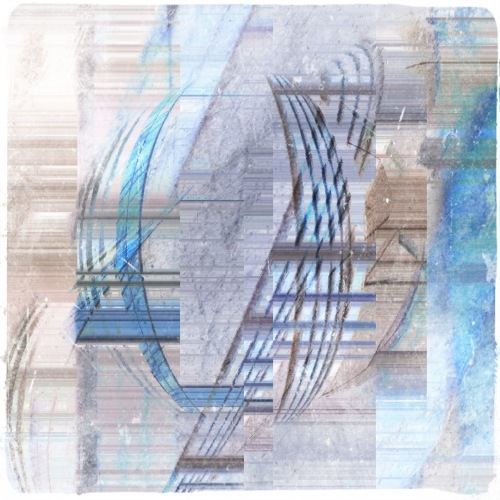
"Ever-changing" from the gallery "Corridors of Cyberspace"
As we move through the fluidity of cyberspace, the moments of stopping and listening are maybe only a millisecond long, but they are the gaps in which we can mindfully step back and observe. I have written more about this in a previous post entitled “Mindfulness and the Flaneur”.
Practicing being in the here and the now also prevents a total immersion in the dreamscape which is wide open in the "corridors of cyberspace". What I mean by this terminology can be found here.
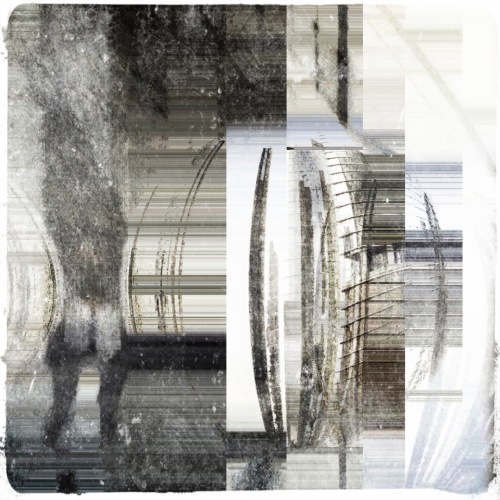
"The Meeting" from the gallery "Corridors of Cyberspace"
The crowd we encounter in cyberspace contains people from all over the world and with deep listening we will be better able to empathise with the other we encounter. The individual and the collective will benefit from these encounters.
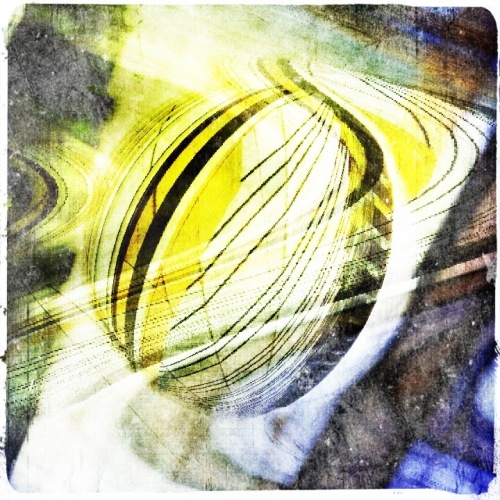
"Deep Listening" from the gallery "Corridors of Cyberspace"
The above is my art piece which has come out of writing this post. Yellow is associated with clarity and awareness and also symbolizes wisdom.
I end with the following story. The morning after my sleepless night, I checked my twitter stream, only to find this tweet from another dear twitter friend, Terri Taylor, @t2van:
 Saturday, October 17, 2015 at 5:05PM
Saturday, October 17, 2015 at 5:05PM 


